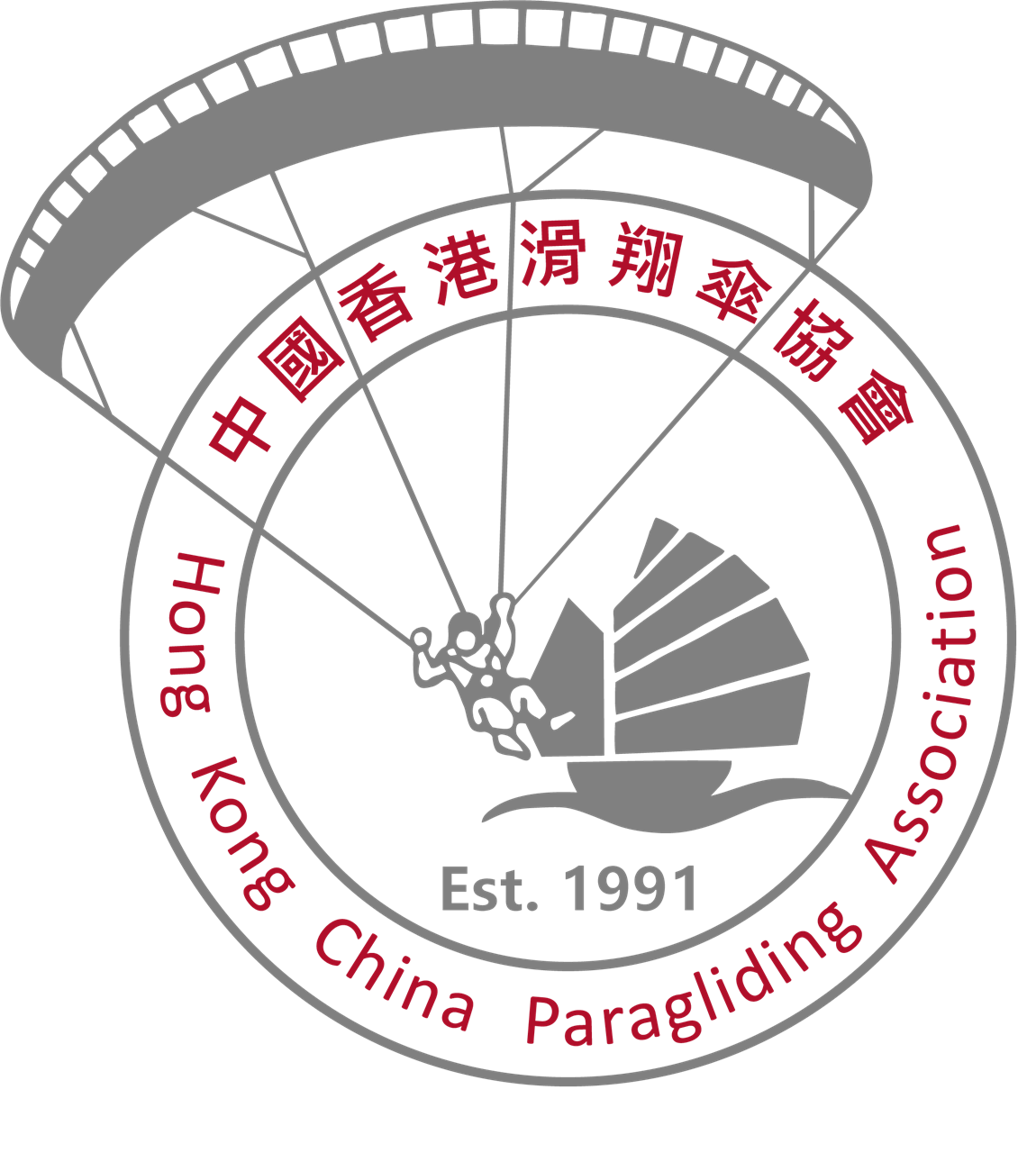Emergency landing
緊急降落
Emergency landing is a landing of a paraglider in a state of emergency. Emergency landings can be made in landing fields, on water surfaces, on trees, etc.
- Forced landing is a situation where a paraglider unavoidably needs to land, usually regardless of terrain. A typical example of this is a paraglider short of landing according to the original flight plan. Normally, a forced landing is also an emergency landing because the underlying cause of the event is often a good reason for declaring an emergency (e.g. structural damage caused by bird strike). There are situations, however, where a forced landing is not an emergency (e.g. when a paraglider is forced to land and free the airspace for helicopter search and rescue interception).
- Precautionary landing is a situation where further flight is possible but inadvisable, i.e. in the judgement of pilot, a hazard exists with continued flight (e.g. deteriorating weather). The difference between a precautionary and a forced landing is that in the former case the pilot may choose to continue the flight (at least for a time) while in the latter case there is no such option.
- Ditching is an emergency (forced or precautionary) landing on water.
- Crash landing is a landing where the paraglider/harness receives structural damage or the pilot sustained injury. Not all emergency landings are classified as crash landings.
Tips for carry out emergency landing
- Situational awareness
Early identification of the situation always leads to a better outcome of emergency landing. Situational awareness is often split into three elements:
Perception: gathering information
Comprehension: interpret the information and understand the situation
Projection: anticipate the impact on incident development and outcomes - Altitude over ground equals to time
Paraglider is an aircraft without an engine. We cannot go around and re-fly in most of the emergency landing cases. Do remember your remaining altitude over ground is the time for you to carry out the emergency landing process. It is always better to arrive at alternate landing area / site? rather than gambling on glide and force landing on a proper landing field with a very limited remaining attitude. - Identify alternate landing areas
An open, free of obstacles landing field with smooth airflow would be the best options, but the reality is not that perfect. Avoid landing in an area packed with spectators, buildings, or traffic. Make sure you arrive at the alternate landing area with enough altitude to do a landing plan. Carry out landing approach patterns that suit the situation. Avoid low turns. -
Identify hazard
Identify the interaction of airflow and terrain/ obstacles on the alternate landing. Telephone lines and power lines are best avoided. Always do your final approach head to the wind and reduce the ground speed. - Tree is your friend
The outcome of landing on a tree is way better than landing on a rock, building, or moving vehicle. Pick the biggest, softest looking tree, face the wind, cross your legs (to avoid cutting a vein), then flare to land right in the center of it, reducing your forward speed to zero. Keep braking until you can hold onto something. If this goes well you will end up suspended in the tree by your wing resting on the forest canopy, but you will not have a big fall to the ground. Secure yourself to the tree and wait for rescue not to try to go down yourself. Have the canopy and lines inspected when you retrieved the paraglider - Ditching (Water landing)
It is extremely dangerous ditching with a paraglider . Pilots are almost always better served by landing in trees, before choosing to land in moving water. The pilot can easily become entangled in the paraglider or lines and drown. If a water landing is inevitable, do landing WITH the wind which gives more chances for the paraglider and lines stay away from the pilot. Remove all the buckles or cut away the webbing immediately. Swim and stay away from the paraglider.
緊急降落是滑翔傘在緊急狀態下的降落。緊急降落可以在降落場、水面、樹上等進行。
- 被迫降落是滑翔傘不可避免地需要著陸的情況,通常與地形無關。一個典型的例子是滑翔傘未能按照原來的飛行計劃到達降落場而需要緊急降落。由於被迫降落的原因通常是一些緊急情況(例如:鳥擊造成的滑翔傘結構損壞),所以被迫降落通常都是緊急著陸。然而,在某些情況下,迫降並非緊急情況(例如:當滑翔傘被迫降落並騰出空域以方便直升機進行搜救)
- 預防性降落是指可以但不宜繼續飛行的情況,即在飛行員的判斷中,繼續飛行存在危險(例如天氣正在惡化)。預防性著陸和強制著陸之間的區別在於,在前者飛行員可以選擇繼續飛行(至少一段時間),而在後者則沒有這樣的選擇。
- 水上降落是指一種緊急(被迫或預防性)的水上降落。
- 失事降落是指滑翔傘/座袋受到結構損壞或飛行員受傷的降落。並非所有緊急降落都被歸類為失事降落。
進行緊急降落
- 狀態意識
及早識別情況總能帶來更好的結果。狀態意識通常分為三個要素:
感知:收集信息
理解:解釋信息並了解情況
預測:預測對事件發展和結果的影響 - 對地高度=時間
滑翔傘是一種沒有引擎的飛機。在絕大多數緊急降落的情況下,我們只有一次機會降落和重新飛行。請記住,您的對地高度就是您執行緊急降落程序的時間。相比以賭博方式用剩餘高度滑行至降落場,預留足夠高度抵達後備降落位置總是更好。 - 識別後備降落位置
一個開放、無障礙、氣流穩定的降落場將是最佳選擇,但現實並不那麼完美。請避免降落在人多、建築物或交通擁擠的區域。確保您到達後備降落位置後有足夠高度製定緊急降落計劃。執行適合降落位置情況的進場方式,避免低空轉彎。 -
識別危險
識別後備降落位置氣流和地形/障礙物的相互作用,避開電線和電話線,永遠在迎風進入最後進場以降低地面速度。 樹木是你的朋友
降落在樹上的結果總比降落在岩石、建築物或移動的車輛上好得多。選擇最大、看起來最柔軟的樹冠,迎風,減速並降落在比較大的樹上。在降落時一直拉剎車繩,直到你能抓住樹幹/枝?。如果一切順利,你的滑翔傘將會掛在樹冠上,而你不會跌在地上。將自己固定在樹上,等待救援,不要試圖自己爬下。取回滑翔傘時檢查滑翔傘和傘繩。水上降落
滑翔傘進行水上降落是非常危險。在選擇降落在水中之前,查看有沒有其他緊急降落方法的可能性,例如樹上降落。水上降落後飛行員很容易被滑翔傘或傘繩纏住而淹死。如果水上降落是不可避免,請順風進行降落。順風降落時滑翔傘會跌在飛行員前面,滑翔傘或傘繩較少機會纏住飛行員。降落後立即解除所有安全扣或傘繩,並游離滑翔傘。
